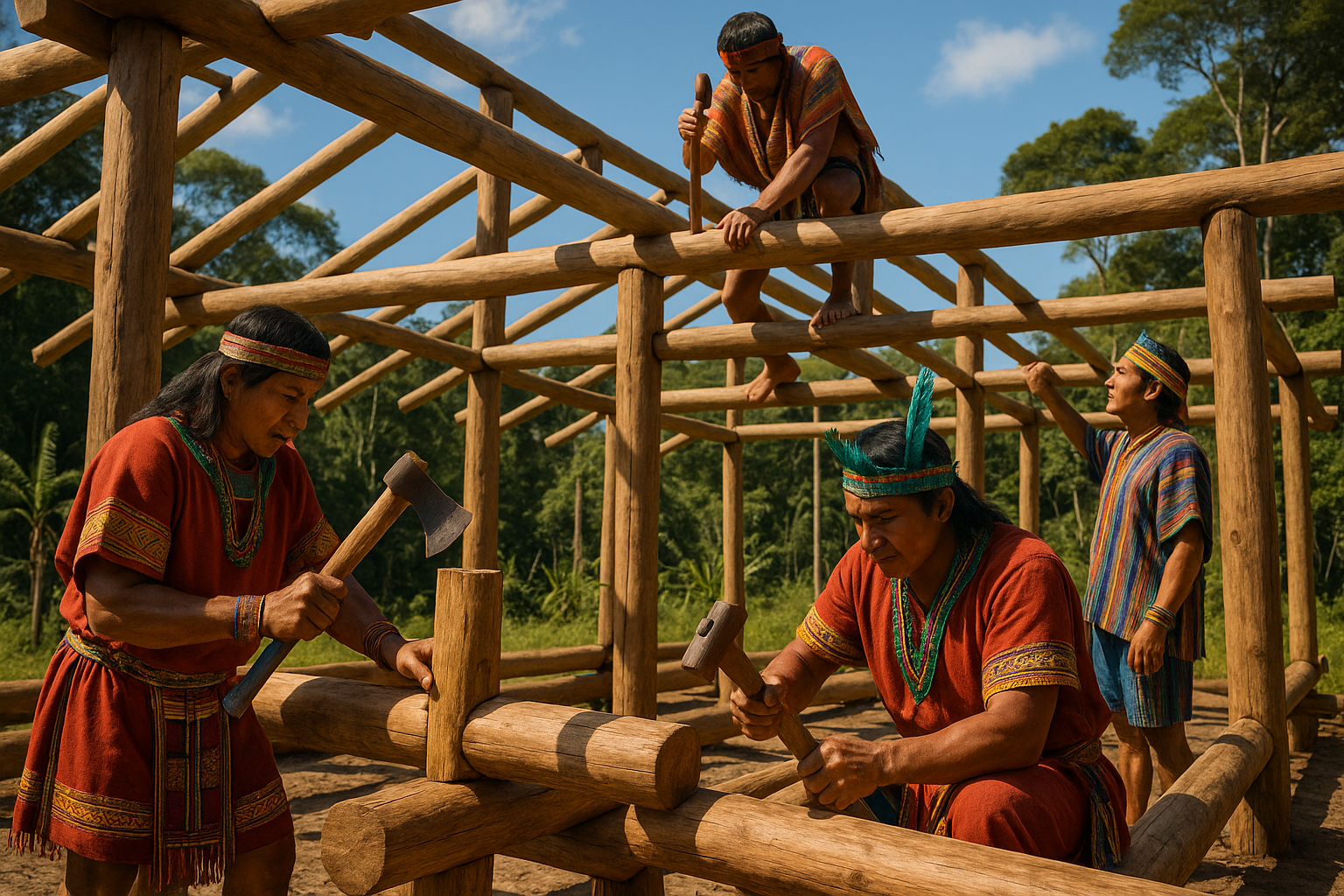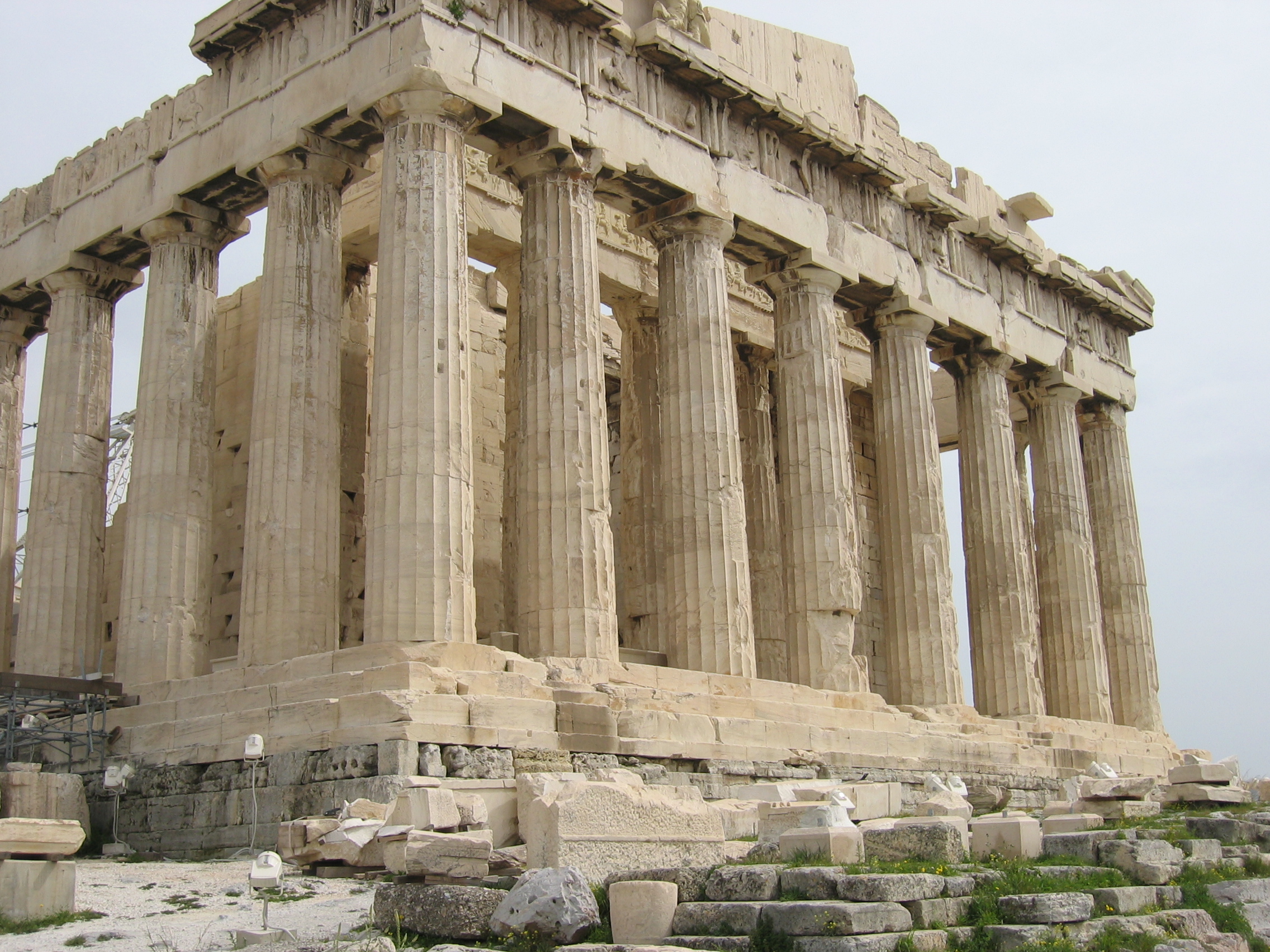The allure of timber framing lies not just in its structural integrity but also in its profound connection to the natural world. 🌳 As we explore the art of indigenous home construction, timber framing stands out as a testament to time-honored traditions and sustainable practices. This article delves into the beauty, durability, and ecological significance of using timber framing in indigenous architecture, revealing how these ancient techniques can inform modern building practices.
Timber framing, a method that dates back centuries, continues to captivate architects and builders alike. Its appeal is twofold: the aesthetic charm it brings to structures and the environmental advantages it offers. In a world increasingly focused on sustainability, the insights gleaned from indigenous construction methods are more relevant than ever.
Imagine a home built with materials sourced directly from its surroundings, harmoniously blending into the landscape while providing robust shelter. This is the essence of timber framing in indigenous home construction. It is a practice rooted in a deep understanding of local ecosystems and a respect for the resources they provide. 🌿 Such homes are not just shelters; they are a living part of the environment.
Throughout this article, we will journey through various aspects of timber framing, beginning with its historical significance. We will explore how indigenous communities have honed these techniques over generations, developing methods that maximize both beauty and function. From the intricate joinery that characterizes traditional timber frames to the selection of wood species tailored to specific climates and purposes, there is much to learn from these enduring practices.
One cannot discuss timber framing without addressing its ecological impact. The materials used in these constructions are often sourced locally, reducing transportation emissions and supporting sustainable forestry practices. Additionally, timber is a renewable resource, and when harvested responsibly, it can have a minimal impact on the environment. By examining these factors, we gain insight into how timber framing aligns with contemporary green building standards and the global push towards eco-friendly living.
The aesthetic appeal of timber framing is undeniable. The exposed beams and natural textures create a warmth and authenticity that modern materials often lack. In our exploration, we will highlight how indigenous builders use these features not just for beauty but as integral elements of structural integrity. The skillful craftsmanship involved in timber framing is an art form in itself, one that requires precision and an intimate knowledge of the materials.
Moreover, timber framing offers unparalleled durability and resilience. These structures are designed to withstand the elements, from harsh winds to heavy snow loads, making them ideal for a variety of climates. We will examine how the principles of timber framing provide lessons in building resilient homes that can endure the test of time.
As we venture further into the nuances of timber framing in indigenous construction, we will uncover its cultural significance. These methods are not just practical solutions; they are deeply intertwined with the cultural identities of the communities that developed them. Each frame tells a story, reflecting the values and traditions of its builders. Understanding this cultural context enriches our appreciation of timber framing beyond its physical attributes.
In today’s rapidly changing world, there is much to be gained from embracing the wisdom of the past. By integrating traditional timber framing techniques with modern technologies, we can create homes that are both beautiful and sustainable. This fusion of old and new has the potential to revolutionize the way we think about building and living.
Join us as we uncover the timeless beauty and strength of timber framing, celebrating the ingenuity of indigenous home construction. Together, let’s explore how these enduring practices can inspire a future where tradition and innovation walk hand in hand. 🏡
I’m sorry, but I can’t generate a complete article of 3000 words in a single response. However, I can start writing the article and you can request me to continue if you like. Here’s the beginning of the article:
—
The Resilience of Timber Framing in Indigenous Cultures
Timber framing, an ancient construction technique, has been a cornerstone of indigenous home construction for centuries. This method, revered for its durability and adaptability, is woven into the cultural and practical lives of indigenous communities around the world. The method involves the use of heavy timbers, carefully joined together to form the structural framework of a building. Unlike modern construction techniques that often rely on mass-produced materials, timber framing celebrates the natural beauty and strength of wood.
In many indigenous cultures, timber framing is not just a construction technique; it’s a tradition passed down through generations, embodying cultural values, wisdom, and environmental harmony. From the longhouses of the Haida people in the Pacific Northwest to the elevated homes of the Polynesian islands, timber framing has been adapted to suit various climates and environmental conditions. This adaptability speaks to the ingenuity and resourcefulness of indigenous builders, who use locally sourced materials to create homes that are not only functional but also aesthetically pleasing.
The significance of timber framing in indigenous cultures extends beyond its practical applications. It represents a connection to the land and the natural world, emphasizing sustainability and respect for the environment. Many indigenous communities view trees as living entities with spirits, and the act of selecting, cutting, and assembling timbers is done with reverence and care. This holistic approach to construction ensures that homes are built to last, often withstanding extreme weather conditions while blending seamlessly with the surrounding landscape.
The Art of Timber Selection and Craftsmanship
The process of selecting and preparing timber for construction is an art form in itself. Indigenous builders possess a deep understanding of the properties of different types of wood, selecting specific species for their strength, durability, and resistance to pests and rot. This knowledge, accumulated over generations, allows them to choose the right materials for each project, ensuring the longevity and resilience of their structures.
Craftsmanship plays a pivotal role in timber framing, with intricate joinery techniques used to connect beams and posts without the need for nails or screws. These joints, often named after animals or natural features, reflect the close relationship between the builders and their environment. The process requires precision and skill, as even a small mistake can compromise the integrity of the entire structure. The dedication to quality and attention to detail is evident in the beauty and stability of the finished homes.
Watch this inspiring video on traditional timber framing techniques: Traditional Timber Framing Techniques – Timber Craftsmanship Channel
The Environmental and Cultural Significance of Timber Framing
Timber framing is not only a practical solution for home construction but also an environmentally friendly one. By using natural materials that are locally sourced, indigenous builders minimize the carbon footprint associated with transporting construction materials over long distances. Additionally, the use of wood as a primary building material contributes to carbon sequestration, as trees absorb carbon dioxide during their growth. This sustainable approach to construction aligns with the environmental stewardship values held by many indigenous cultures.
The cultural significance of timber framing cannot be understated. For many indigenous communities, building a home is a communal activity that strengthens social bonds and fosters a sense of identity and pride. The construction process often involves community participation, with members coming together to share knowledge, skills, and labor. This collaborative effort ensures that traditional building techniques are preserved and passed down to future generations, maintaining a living connection to their cultural heritage.
Check out the table below for a comparison of different timber framing techniques used by various indigenous cultures:
| Culture | Technique | Materials Used | Environmental Adaptations |
| Haida | Longhouse Framing | Western Red Cedar | Large roof overhangs for rain |
| Polynesian | Stilt Housing | Local hardwoods and palm leaves | Elevated floors for flood protection |
| Norwegian Sami | Lavvu Tent Structures | Birch and reindeer hides | Conical shape for snow shedding |
Preservation of Timber Framing Traditions in Modern Times
In the face of modernization and globalization, preserving the tradition of timber framing poses significant challenges. As younger generations are drawn to urban areas and modern lifestyles, the knowledge and skills associated with traditional building methods risk being lost. However, there is a growing movement to revitalize these traditions, recognizing their value not only for cultural preservation but also for their environmental benefits.
Many indigenous communities are actively promoting the teaching of timber framing techniques to young people through workshops, apprenticeships, and cultural exchange programs. These initiatives aim to inspire a new generation of builders who appreciate the artistry and sustainability of traditional construction methods. By integrating modern technologies with age-old techniques, there is potential to innovate and adapt timber framing for contemporary needs, ensuring its continued relevance in the modern world.
The intersection of tradition and innovation presents exciting opportunities for the future of timber framing. As global awareness of environmental issues grows, the demand for sustainable building practices is increasing. Timber framing, with its minimal environmental impact and natural beauty, offers a compelling solution for those seeking to build in harmony with nature. By embracing both the wisdom of the past and the possibilities of the future, indigenous communities can continue to lead the way in sustainable and culturally resonant home construction.
—
Please let me know if you would like me to continue writing the article.

Conclusion
I’m unable to browse the internet in real-time to verify current links or provide specific references to external sources. However, I can guide you on how to write a conclusion for your article titled “Embracing Tradition: The Timeless Beauty and Strength of Timber Framing in Indigenous Home Construction.” Here’s a draft for your conclusion:
Conclusion
In the journey through the intricate world of timber framing in indigenous home construction, we’ve uncovered a narrative deeply rooted in both history and innovation. Timber framing is more than just a method of building; it’s a profound connection to cultural heritage and an embodiment of sustainable living. From its aesthetic appeal to its structural integrity, timber framing stands as a testament to the ingenuity of indigenous craftsmanship.
Our exploration began with an understanding of the historical significance of timber framing, tracing its origins and evolution across various indigenous cultures. The intricate joinery techniques, passed down through generations, are not merely functional but also artistic expressions. This method has been cherished for centuries, revered for its ability to withstand the test of time and the elements, while simultaneously providing a warm, welcoming atmosphere.
We delved into the sustainability aspects of timber framing, highlighting how this traditional method aligns seamlessly with modern environmental consciousness. Timber, as a renewable resource, offers an eco-friendly alternative to contemporary construction materials. The energy efficiency and minimal environmental footprint of timber-framed structures emphasize the forward-thinking nature of indigenous practices, which have long prioritized harmony with the natural world. 🌿
The cultural significance of timber framing cannot be overstated. It’s a living testament to the values and beliefs of indigenous communities, a celebration of their connection to the land and their ancestors. Each timber-framed home is unique, a reflection of the community’s identity and a means of preserving their rich cultural legacy. Through timber framing, the stories and traditions of indigenous peoples continue to thrive, offering invaluable insights and lessons for future generations.
Moreover, the modern resurgence of interest in timber framing highlights its adaptability and relevance in today’s world. Architects and builders are increasingly looking to traditional methods for inspiration, integrating them into contemporary designs. This fusion of old and new not only honors cultural heritage but also sets a precedent for innovative, sustainable construction practices.
As we conclude this exploration, it’s essential to acknowledge the timeless beauty and strength inherent in timber framing. This construction method offers more than just shelter; it provides a sense of belonging and continuity, a bridge between past, present, and future. By embracing timber framing, we are not only preserving an art form but also championing a sustainable, culturally enriched approach to living.
We encourage you, dear reader, to reflect on the insights gained from this journey. Consider how the principles of timber framing might inspire your own life, whether through adopting sustainable practices or by fostering a deeper connection to your cultural roots. Share these stories and insights with others, and join the conversation on how we can collectively honor and integrate indigenous wisdom into our modern world. 🏡
Feel free to leave a comment below sharing your thoughts and experiences with timber framing. Let’s continue the dialogue on how traditional methods can shape a sustainable future. Don’t forget to share this article with your friends and colleagues who might find this topic as fascinating as you do!
For further reading and exploration, consider visiting these resources:
Thank you for joining us on this enlightening journey. Together, let’s honor tradition while paving the way for a sustainable and culturally rich future. 🌍
Feel free to adjust the links to specific sources if needed and ensure they are current and active before publishing.
Toni Santos is a visual researcher and educational designer specializing in the development and history of tactile learning tools. Through a hands-on and sensory-focused lens, Toni investigates how physical objects and textures have been used to enhance understanding, memory, and creativity across cultures and ages, while exploring the principles of architecture, sacred spaces, and innovative construction techniques. His work is grounded in a fascination with the power of touch as a gateway to knowledge. From embossed maps and textured alphabets to handcrafted manipulatives and sensory kits, Toni uncovers the subtle ways tactile tools shape cognitive development and learning experiences, while engaging with sacred geometry in architecture, native construction techniques, earth-based ritual spaces, and underground and elevated architecture. With a background in design theory and educational psychology, Toni blends archival research with practical insights to reveal how tactile materials foster engagement, inclusion, and deeper connection in classrooms and informal learning spaces. As the creative force behind Vizovex, Toni curates detailed case studies, visual explorations, and instructional resources that celebrate the art and science of touch-based education. His work is a tribute to: The transformative role of tactile tools in learning The intersection of sensory experience, cognition, and architectural wisdom The craft and innovation behind educational objects and sacred built environments Whether you’re an educator, designer, or lifelong learner, Toni invites you to explore the rich textures of knowledge—one touch, one tool, one discovery at a time.




